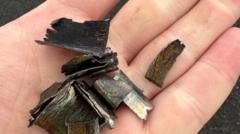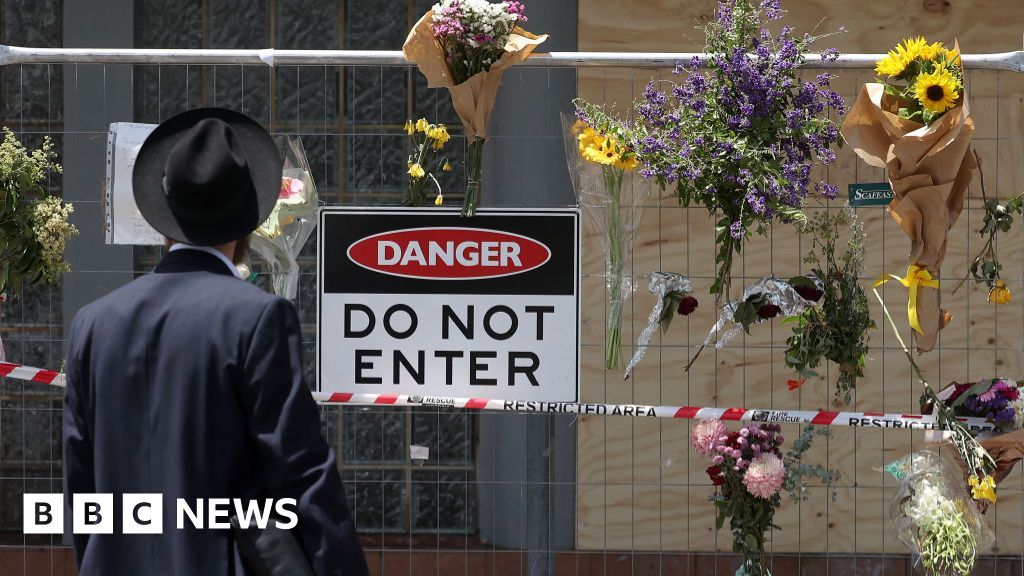Hundreds of vehicles experienced flat tyres following a truck spill on the M1 Pacific Motorway, one of Australia's busiest highways, which occurred early Friday morning. The truck, carrying 750kg (1,653lb) of scrap metal, lost its load, spreading sharp metal shards over a 30 km (18 miles) stretch of the motorway. Authorities reported that the spillage remained undetected for approximately 10 hours, leading to the closure of city-bound lanes and significant disruptions for commuters.
The New South Wales Rural Fire Service confirmed that at least 300 cars suffered damaged tyres, including some emergency vehicles. "A truck lost a load of scrap metal around 5am this morning, causing extensive debris," the fire service stated.
The truck, owned by NJ Ashton, was traveling on the M1 Pacific Motorway when the incident occurred near Ourimbah, north of Sydney. The stretch of the motorway remained closed for intensive clean-up efforts, allowing traffic to resume only in the afternoon. The company publicly apologized for the incident and expressed its commitment to assist with the recovery efforts.
State authorities revealed that the clean-up involved using magnetic devices to remove embedded metal from the highway surface. State highway patrol commander Howard Collins explained, "It's not just a case of getting a road sweeper out or guys and girls with brooms. This process takes a long time."
New South Wales Roads Minister Jenny Aitchison labeled the situation "unprecedented." She emphasized the collaborative efforts between government resources and the private sector for effective clean-up operations, describing the challenge as "like trying to hoover up the highway."
The driver of the truck, a 46-year-old man, was said to be cooperating with police inquiries. Following the incident, he expressed the company's regret, stating, "We're taking full responsibility for what’s happened and are very sorry for any damage and disruption that's been caused."
Authorities are continuing their investigation into how the truck lost its load and what preventive measures can be instituted to avoid similar incidents in the future.



















